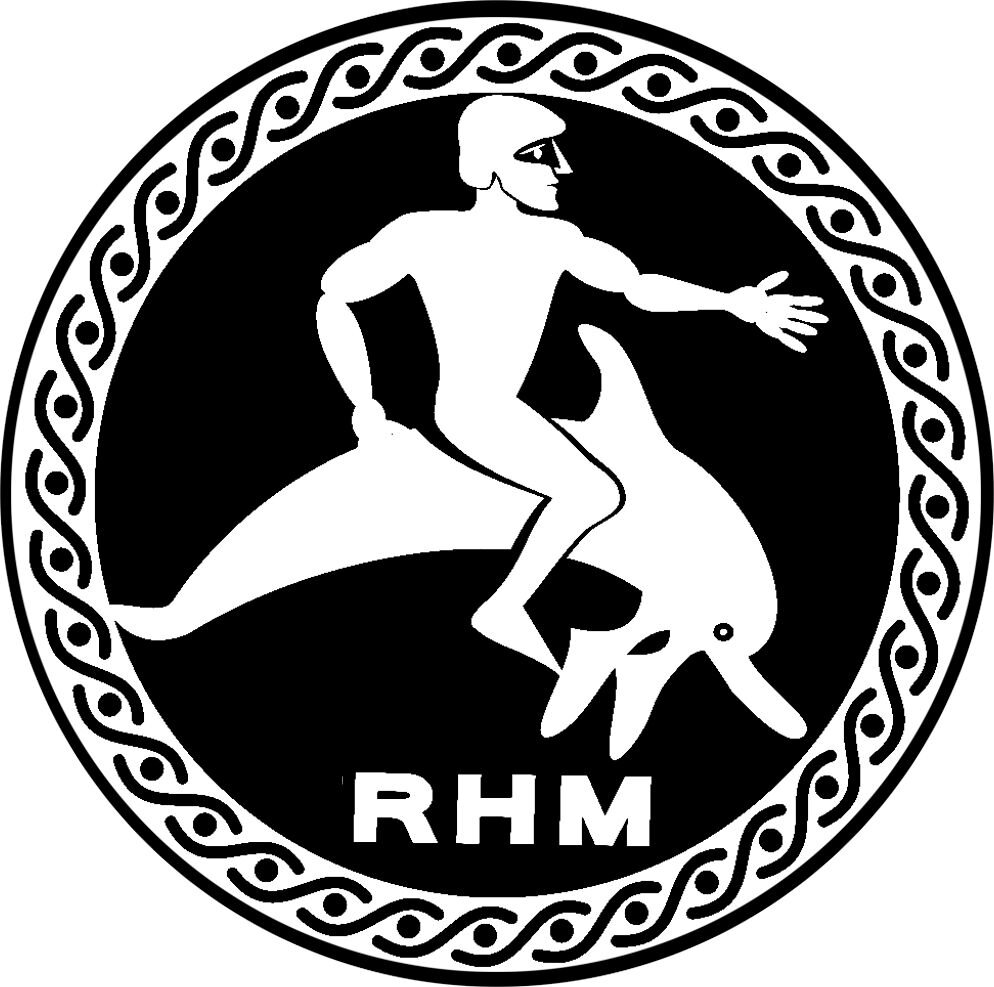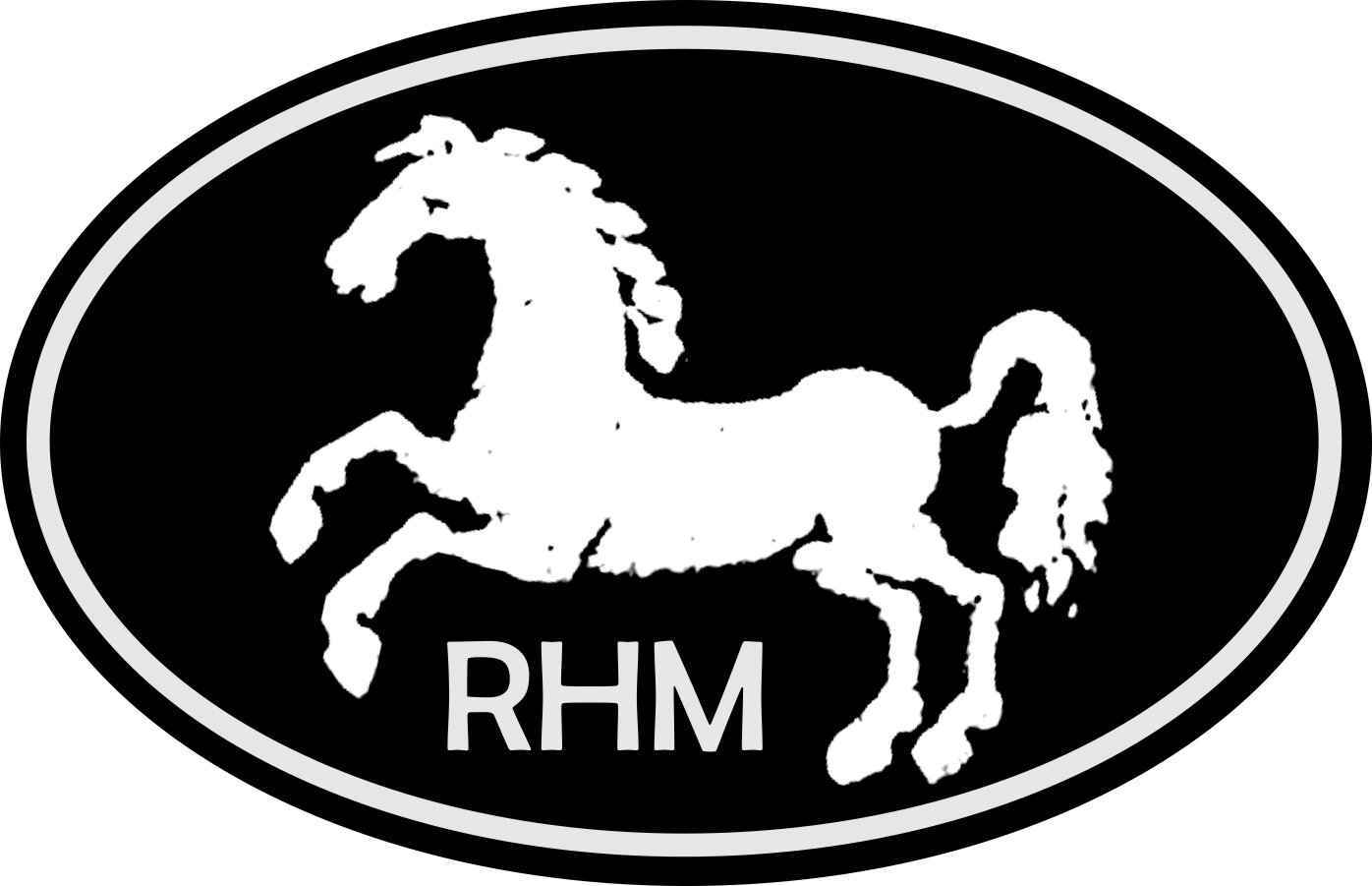OTTUSI
This is an old leather bike saddle that I bought on eBay a few years ago. I would like to say I didn’t pay too much for it, but by any rational standard, paying anything for a saddle in this condition is paying too much.
It’s a Brooks B17 “Champion Standard” saddle from the 1950’s that was modified by Giuseppe Ottusi, of Milan, Italy. At first glance one sees that the original rivets have been replaced with hand-hammered copper rivets with large heads, three of which are stamped OTTUSI. If you don’t know what I’m talking about, check out this blog post:
http://italiancyclingjournal.blogspot.com/2008/03/ottusi-saddles.html
I am not an expert on Ottusi or his saddles. Everything I know about him came to me through the internet. Almost as soon as I started replacing leather on ruined saddles, I started getting emails asking whether I could make an Ottusi style saddle. One person even asked me if I could recover one. At the time I did not know what Ottusi sadldles were. Since then, I have taken every opportunity to take a close look at an Ottusi saddle, and I have paid attention when people talk about them. According to the blog mentioned above, “the modifications would include shaping the saddle, making it softer, making it more breathable, and changing the height of the saddle (to rails).”
I don’t know what to make of all those claims. But let’s take a close look at this saddle I have, and see what we can learn from that.
The saddle, in its present condition, weighs 19 oz. The frame is painted black and the cantle plate is stamped PAT No 662070 and MADE IN ENGLAND, as is typical of Brooks saddles of the 50’s to early 60’s. There is no date code stamped on the cantle plate, which is also pretty typical. Date codes began around 1959 (the earliest code I’ve seen was A 59) but even after that not every saddle had one. This one does not have bag loops on the cantle plate, probably because Sig. Ottusi cut them off. The solid copper rivets appear to have been set by hand, with a hammer and punch, and they have been painted black.
I stripped the black paint off the rivets so I could get a better look at them, and to make sure I wasn’t missing out on a date on the cantle plate. I wasn’t.
In this photo, and others below, I am using a Brooks B15 Champion Standard, dated A 60, to show the factory shape from which Ottusi started. The B15 was a cheaper version of the B17, but the same shape. So here is the Ottusi saddle back to back with B15. Before Sig. Ottusi started working on the one on the left, these two saddles looked the same.
As I mentioned, he cut off the bag loops. He also bent the cantle plate to make the whole saddle narrower, and more arched shape. The saddle on the right is 170 mm wide, the one on the left is 154 mm wide. On both saddles, the rail is swaged to the cantle plate exactly as it left the factory. Whatever Ottusi did to lower the height of the saddle, it did not affect the rail.
Oy! I apologize for the oak background.
Seen from the rear, you see how, by making the saddle narrower, Ottusi gave the cantle plate a curve that the original B17 never had.
In my reading about Ottusi saddles, no one has mentioned that he did anything interesting to the nose. But on mine, the nose has been modified quite a bit. I immediately noticed that he had drilled holes in the nut on the shackle bolt, as if he tried to lighten it. He didn’t do that to save weight.
Here are the same two saddles —the Ottusi on the left, the B15 on the right. The nose of the Ottusi saddle is 33.5 mm wide at the rivets, where the B15 measures 37.5 mm.
To achieve this, Ottusi filed 2 mm off each side of the shackle clip and squeezed the nose piece together to match the shackle clip. With this modification, there is no way to get a wrench on the tension nut, not even the very narrow Brooks wrench. Ottusi drilled holes in the nut so you could get turn it with a punch.
The nut on the Ottusi saddle has not been turned, while the B15 has been tightened two revolutions.
Looking at the top of the Ottusi saddle, the leather has torn at the center two rivets on the cantle plate. The cut edge of the leather has pulled up to reveal 7 mm of the cantle plate. Evidently the leather has shrunk to the point that the leather could no longer hold it.
Looking at it from the side, the BROOKS stamp (which is only faintly visible) seems a little farther back than usual. The dark discoloration behind the edge rivet is a hole, presumably the original rivet hole. It appears Ottusi moved the edge rivets to new holes about 10 mm forward, and in doing this made those two rivets a bit closer together. The resulting tension on the leather between those two rivets pulled the top of the saddle downward and effectively reduces the height of the leather over the rails.
The heads of the copper rivets measure 15 mm. The cantle plate rivets have no visible tool marks, having been filed and sanded to a slightly domed shape. The nose rivets are not as well finished, and the right nose rivet has some deep scratches that were not filed away.
This saddle is at least fifty years old, probably over sixty. It looks like suede leather, but I think this is the original finish, just worn out. Other than the torn rivets and the worn out finish, the leather is in good condition. I can imagine its original owner rode it for fifty years and retired it only when those rivets failed (but what do I know).
So the question for me is: how does this ruined saddle reflect the saddle that left Ottusi’s workshop fifty or sixty years ago?
I can’t answer that question. What I can say about Ottusi’s method: he removed all the rivets. He filed down the shackle clip to narrow the nose, and he bent the cantle plate for more curvature and less width. And somehow he seriously stretched the leather.
I would like to know how he stretched the leather. I can think of a couple ways he might have done that. And would like to know what he did to the leather, “making it softer, making it more breathable.”
The next step, then, is to try to replicate this saddle. To be continued….









